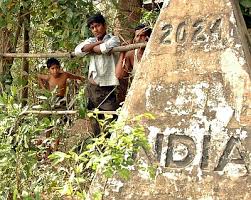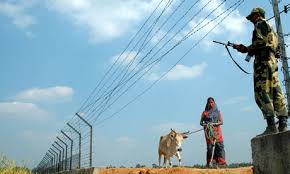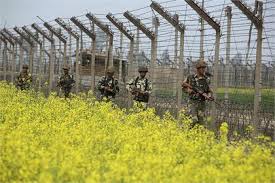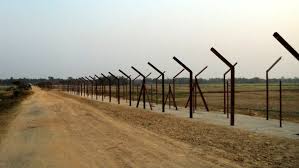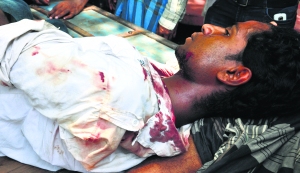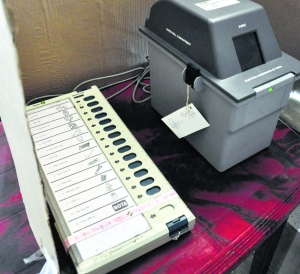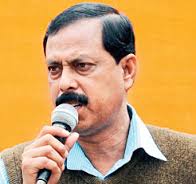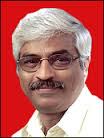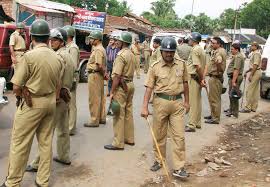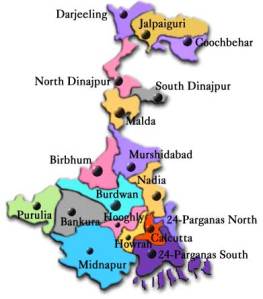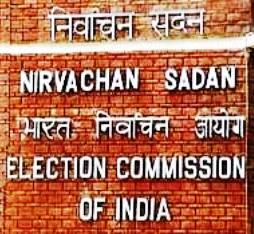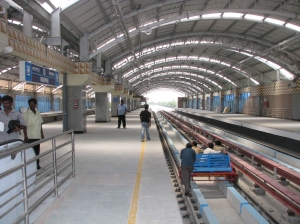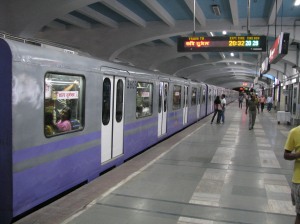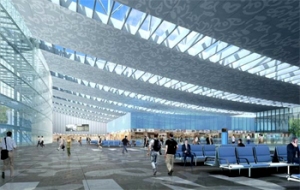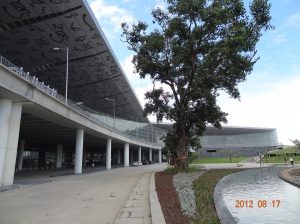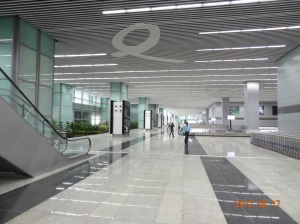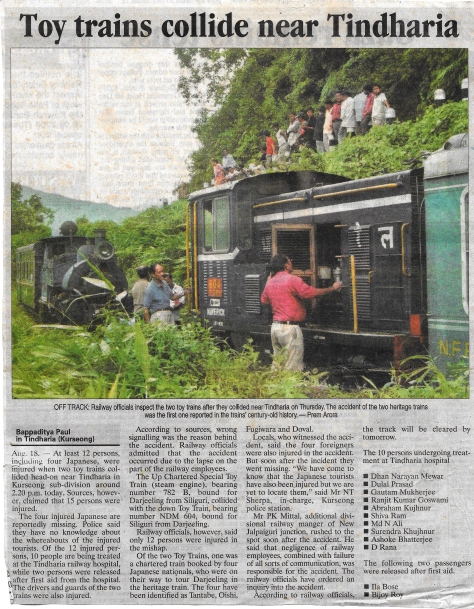INDIA CLEARS VISA-ON-ARRIVAL FOR 43 COUNTRIES
By bappaditya paul
The tourism industry of West Bengal is eying a big boost from Centre’s move to grant visa-on-arrival to tourists from 43 countries. They believe that the Darjeeling-Dooars region, which already receives a good number of foreign tourists, will particularly benefit from this.
In 2010, West Bengal had received 11.92 lakh foreign tourists, which was 8.33 per cent of all foreign tourists who had visited India that year.
“We have been waiting for this for long. The move will surely increase the inflow of foreign tourists in Bengal; we expect the number to become double if not more,” said Mr Kaushik Kar, vice-president of the Travel Agents Association of Bengal (TAAB). “Darjeeling-Dooars region will be the main beneficiary and so will be Santiniketan. But destinations such as Sundarbans will have to wait to en-cash this as we do not have enough modern accommodation facilities there as yet.”
The Bengal tourism industry, however, says that it will not be able fully reap the benefit of the visa-on-arrival move in the forthcoming winter tourist season that commences in mid-December. “Majority of the foreign tourists plan their visit at least two months in advance. Hence it is unlikely that the visa-on-arrival facility that has been announced today will encourage a large number of foreigners to flock into Bengal this winter itself,” said Mr Partha Guha, general secretary of the Eastern Himalayas Travel and Tour Operators’ Association (EHTTOA).
“But we are eyeing a big boost in the number of foreign tourist arrivals in Darjeeling-Dooars during the next summer tourist season,” said Mr Guha. “The summer season lasts from April to June.”
The visa-on-arrival facility is available for passports holders of 43 countries for short-duration stay for recreation, casual visit to meet friends/relatives or for medical purpose. The countries are ~ Australia, Germany, USA, Brazil, Thailand, Japan, UAE, Cambodia, Cook Islands, Djibouti, Fiji, Finland, Indonesia, Israel, Jordan, Kenya, Kiribati, Laos, Luxembourg, Marshall Islands, Mauritius, Mexico, Micronesia, Myanmar, Nauru, New Zealand, Niue Island, Norway, Oman, Palau, Palestine, Papua New Guinea, Philippines, Republic of Korea, Russia, Samoa, Singapore, Solomon Islands, Tonga, Tuvalu, Ukraine, Vanuatu, Vietnam.

A visitor from any of these countries will have to apply for an e-visa on the designated Government of India website and pay visa fee online to get an electronic travel authorisation (ETA) within 72 hours of applying. An E-visa will be valid for 30 days and a tourist can avail the facility twice a year at nine international airports namely ~ Kolkata, Delhi, Mumbai, Chennai, Hyderabad, Bengaluru, Kochi, Thiruvananthapuram and Goa.
EHTTOA general secretary, Mr Guha said that it would have been better if the Bagdogra Airport near Siliguri were included in the list of airports that could process the visa-on-arrival. “A good number of tourists from the Schengen countries begin their tour with Bhutan and then fly down to Bagdogra. Such tourists will be compelled to fly to Kolkata from Bhutan if they want to avail the visa-on-arrival facility,” he said.
(The author is on the staff of The Statesman, India. This report first appeared in The Statesman on 28 November 2014.)



